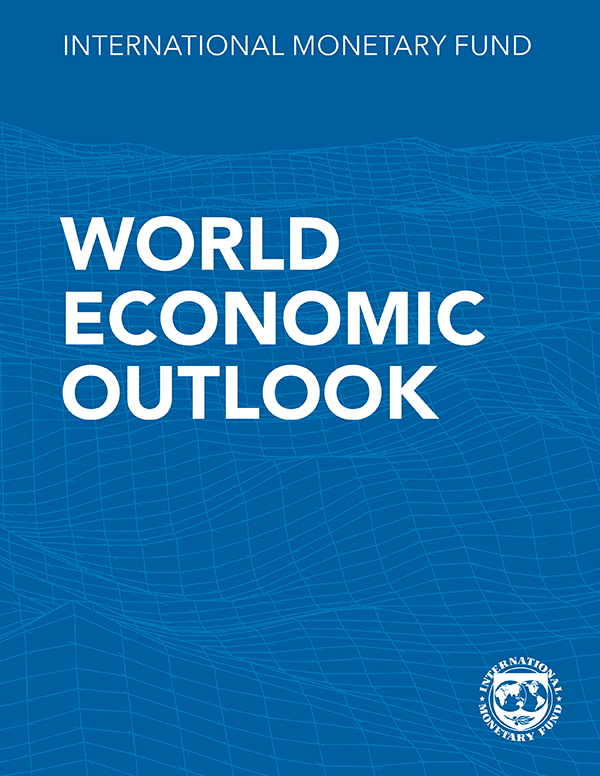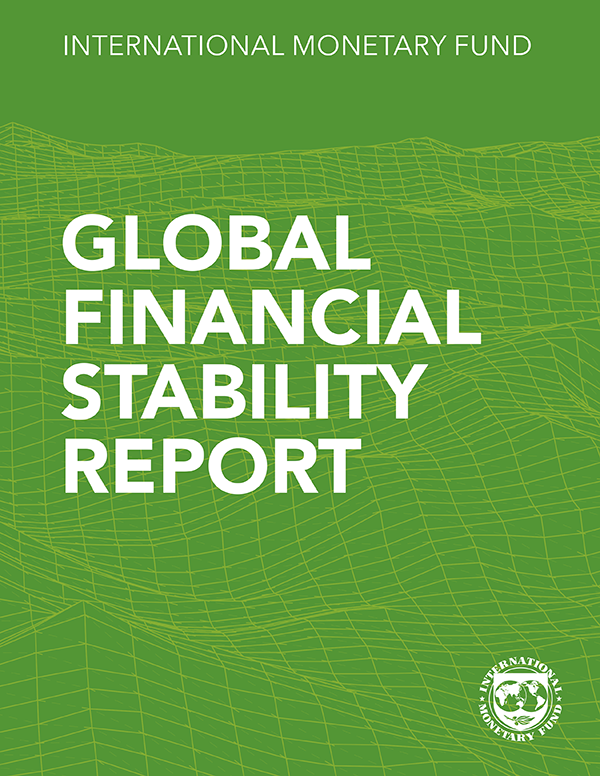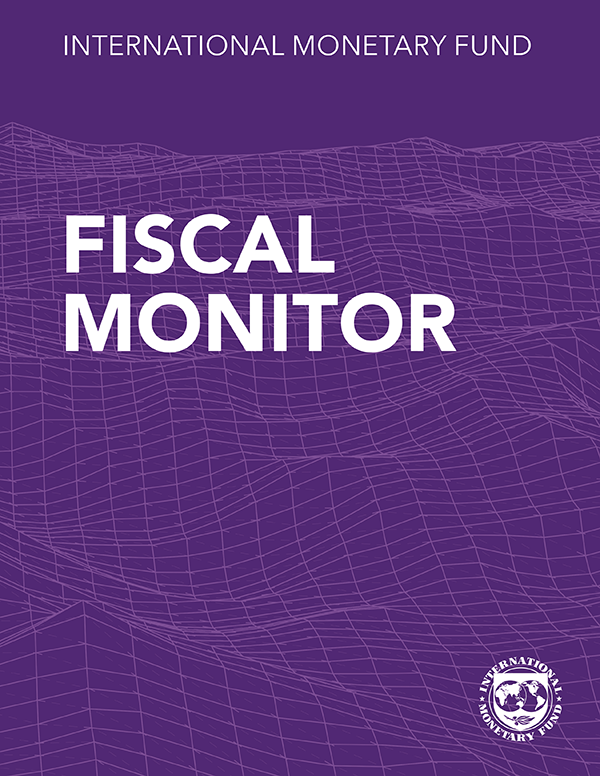Mounting Challenges, Decisive Times

In a worsening global environment, economies in the Middle East and Central Asia (ME&CA) are being buffeted by a confluence of shocks: a global slowdown, high and volatile food and energy prices, faster and stronger-than-expected tightening of financial conditions, and the risk of fragmentation. The region’s emerging market and middle-income economies (EM&MIs) and low-income countries (LICs) are hit hard, with many facing curtailed access to market financing, while oil-exporting countries are being buffered by still-high energy prices. The adverse impact of Russia’s war in Ukraine on the Caucasus and Central Asia (CCA) has thus far been milder than expected. Still, the CCA’s strong ties to Russia entail substantial risks to the region’s outlook. The most urgent policy challenge for all countries is to tackle the cost-of-living crisis by restoring price stability, protecting vulnerable groups through targeted support, and ensuring food security. Policy trade-offs in EM&MIs and LICs have become more pronounced than ever, as they also need to preserve debt sustainability and financial stability. Oil exporters have the opportunity to maximize the benefits of the oil windfall by building buffers and advancing their diversification plans. CCA countries should carefully assess the magnitude and durability of the initial spillovers from the war in Ukraine and adjust their policy mix accordingly. Limited policy space in many countries raises the urgency of structural reforms to bolster economic growth while transforming economies to become more resilient, sustainable, diversified, and inclusive.

A Repeat of the Past? Fiscal Implications of Commodity Price Surges in the Middle East and North Africa
High international food and fuel prices are exacerbating fiscal pressures in the Middle East and North Africa (MENA) at a time when countries face tightening global financial conditions and extraordinary uncertainty, while policy space is reduced from the pandemic. During past episodes of rising commodity prices, policymakers responded swiftly to mitigate their impact. However, responses often lacked targeting and prior planning, resulting in adverse fiscal and distributional impacts, including (1) large and persistent fiscal loosening, (2) increased budget rigidity, and (3) diminished budget equity, all combined with (4) a lack of offsetting fiscal adjustment. These responses heightened debt sustainability risks for oil importers and led to procyclical fiscal policies in oil exporters, followed by abrupt fiscal adjustments when oil prices fell. While most MENA countries have once again resorted to similar policy responses as in the past, particularly generalized price subsidies, they have done so at a smaller scale. This reflects both a more limited fiscal space and past progress—albeit yet unfinished—with subsidy reform. While countries foresee some fiscal expansion in 2022 compared to prewar expectations, they are expected to continue their subsequent adjustment paths. As the global outlook remains challenging and downside risks extraordinary, it will be important for policymakers in the region to consider (1) cost-effective measures to address the pressures from rising food and fuel prices and (2) reforms to enhance fiscal resilience, including reduced dependency on fuel, ahead of the next commodity cycle.

War in Ukraine: Risks to Poverty and Inequality in the Caucasus and Central Asia
Russia’s war in Ukraine is affecting countries in the Caucasus and Central Asia (CCA) through several channels. This chapter examines the potential impact on poverty and inequality resulting from exacerbated inflationary pressures and potential risks of reduced remittance flows in the war’s aftermath. Based on simulations using microdata from household budget surveys, the war in Ukraine risks raising poverty by about 1 percentage point and inequality by about 1 percent, and reducing real household consumption by about 2 percentage points, on average. The poorest countries in the region are expected to bear the brunt of the impact on poverty, which could increase by about twice the regional average and add to already-difficult policy challenges. Likewise, poorer households across the region are most at risk from rising food prices and a potential decline in remittances. Mitigating the war’s potential impact on the vulnerable will be a key priority for policymakers and will require stronger social safety nets. Understanding the heterogeneity of the war’s impacts across households and countries would help to design policy support programs better toward the most in need.
Publications

December 2025
Finance & Development
- More Data, Now What?

Annual Report 2025
- Getting to Growth in an Age of Uncertainty

Regional Economic Outlooks
- Latest Issues






